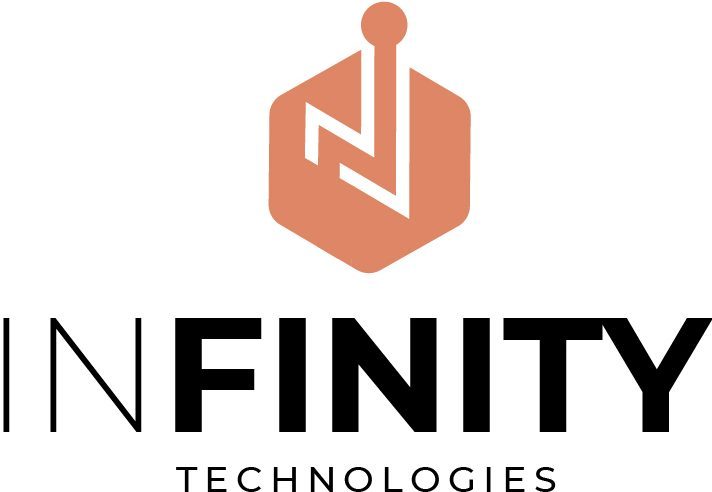Digital Marketing is a dynamic activity involving different channels and forms of consumer interaction.
New trends, social networks, and demands are constantly emerging in a scenario that is always changing. Once the departments are aligned, they will have to work in a more organized manner.
It’s like an orchestra. It is like an orchestra.
The conductor organizes his team by gesturing to the musicians. He then produces a pleasing result for the audience. This is the idea behind marketing orchestration.
What is marketing orchestration?
Marketing orchestration is usually used in accounts-based marketing since it targets a known prospect.
Targeting the right message to the consumer and moving them up the sales funnel with information about their needs, preferences, and behavior patterns is more accessible.
This practice does not only involve launching customized campaigns. It involves more than just a single cross-channel interaction.
This provides a unique, personalized experience for the consumer and paves the way for conversion.
This series of interactions should be planned, considering the buyer persona and the company objectives.
You can use them for contract renewals, upsells, and even to convert new clients.
What are the advantages of this strategy?
This strategy will help you to organize your actions better.
Marketing orchestration is a collection of activities defined and interacted with to produce a positive outcome. It is, therefore, easier to create and track different marketing campaigns.
Multiple channels allow you to collect more user data.
Imagine that, for instance, you are running an Email Marketing campaign. You include a link in one message that directs people to your Instagram account. You can gain another follower if your content is of high quality.
Of course, content production must be coordinated. Use practical tools to create, schedule and publish content across your channels.
Maintaining the relevance of the blog and social networks is the goal.
How does marketing orchestration work?
You already know the benefits of marketing orchestration, which refers to a set of interactions that all work towards the same goal.
How does this work in practice? This strategy is based on a series of “plays” representing a set of actions to achieve a specific business goal.
You can choose from 5 categories when orchestrating plays:
- Intent and engagement
- MQAs;
- Shake the tree
- Closed won
- Close the loss.
All plays can include both automated as well as manual elements. We will now discuss how each of these categories works.
Intent and engagement in play
When someone interacts with your content, it shows they are trying to build a relationship with you.
It’s then up to you to turn this engagement into a conversion.
You can direct the lead to the next funnel stage using a multi-channel, orchestrated play.
Check out the image below, taken from Engagio’s infographic. It shows an example of intent play and engagement.
MQAs Play
Marketing qualified leads (MQAs) are prospects ready to go to the sales team.
These leads show a great deal of interest in closing the deal. Therefore, they are precious and should be treated as such.
An MQA play is a set of actions to keep MQAs engaged even before the commercial team approaches them.
You can increase conversion rates by showing concern for the experience.
Shake the Tree Play
Has your sales team activated potential customers who still need to buy your solution?
They must be rescued! This can be done by adding them to a mailing list to recover missed opportunities.
You will be able at least to reap some fruit from such an activity. See an example of the shake-the-tree play below.
Closed win play
Marketing orchestration strategies are not designed to win over customers.
Engaging them is essential to making them loyal customers and, who knows, brand promoters. You can still organize a won-closed play even when closing a deal.
It is about offering the customer a more memorable experience.
Closed loss play
The closed lost play involves remarketing to leads that, after careful consideration, decided not to complete the sale.
The idea is to continue nurturing users with relevant ads and content after a certain period without interaction.
If something happens to the consumer and they suddenly decide they need your product or service, your brand is at the top of their minds. See an example of the process.




